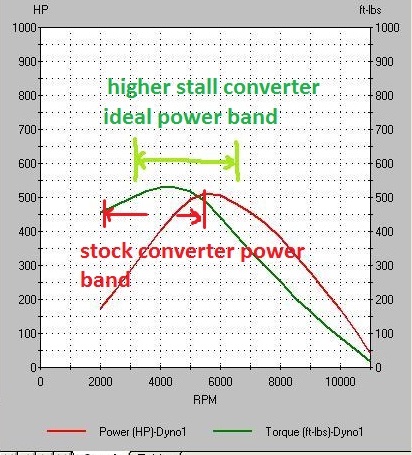This might be totally crazy to be even worrying about in a huge suburban, but I feel like there should be a way to calculate this.
So here it is. Before I took my truck apart for a major renovation of the drivetrain, I had a TH400 (2.48:1 first gear) and a 4.56:1 gear on 33s. I was impressed by the increase in from stop acceleration over the stock 3.42 gears.
I just got a deal on some 40s! and am in the process of swapping out the tranny for a SM454 (3.58:1 useful first gear) I understand that the 40s will take away from that seat of the pants feel but how much? considering my a lot lower first gear? might I still have it?
Ive been trying to use calculators and formulas to try and figure this out but.... I'm just not the best at math I guess
We can also secondarily consider the old 350 is being replaced by beefy build 400!
what do ya'll recon?
http://garage.grumpysperformance.co...hing-the-drive-train-to-the-engine-combo.741/
http://garage.grumpysperformance.co...electing-a-torque-converter-stall-speed.1715/
http://garage.grumpysperformance.co...late-gear-ratios-and-when-to-shift-calcs.555/
Gear comparisons for 700R4 vs. other GM Transmissions:
.............................1st.......2nd....3rd....4th
Power Glide..............1.76......1.0
TH350 .....................2.52.....1.52....1.0
TH400......................2.48.....1.48....1.0
700-R4/4L60..............3.06.....1.63....1.0.....70
200-R4.....................2.74.....1.57....1.0.....67
4L80E......................2.48.....1.48....1.0.....75
http://www.wallaceracing.com/gear-speed.php
tire height times 3.147= circumference equals roughly the distance the tire rolls per revolution,
larger tire diameters have more surface area and potentially traction advantages , with a similar width tire, and cause the truck to cover more distance per engine revolution,
in any gear ratio, but you loose the mechanical leverage advantage of the smaller tire and the engine will work harder to accelerate as quickly, in any gear.
lets for this example
say your engine makes 400 ft lbs, measured at the rear differential
look at the info below, and keep in mind youll want to cruse in the transmissions top gear at low engine rpms to get decent mileage yet still keep the engine in its more effective power band, this on a street driven truck will generally mean youll want to cruse in the 1700-2500 rpm range at 70 mph, and having the ability to reach well over 100 mph is rather meaningless ,
for most guys compared to having instant accessible power.
if the engine struggles to accelerate youll want to think about a higher stall converter stall speed or rear differential gears providing faster acceleration.
(IE if 4.56 rear gears don,t work, with the 40 tires you might need 4.88:1 or 5.13:1 differential gears

33 inch tall tire = roughly 104 inch circumference
37 inch tall tire= roughly 116 inch circumference
(11 % change in height from 33" tires )
roughly 89 percent of previous effective torque reaches pavement
40 inch tall tire= roughly 126 inch circumference
(21 % change in height from 33" tires )
roughly 79 percent of previous effective torque reaches pavement
obviously the transmission gearing used ,
will effect engine rpms in any gear, selected
and your engines power band and torque converter stall will obviously effect how the car/truck accelerates
Last edited:
